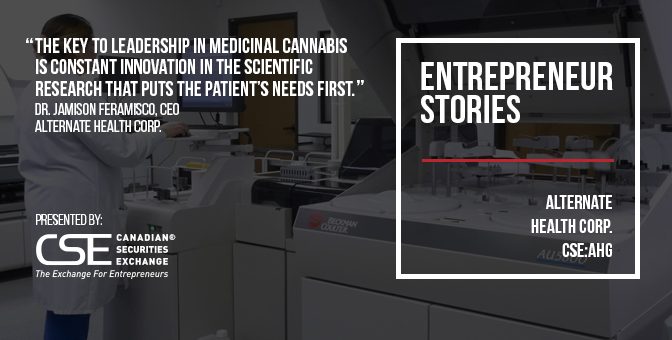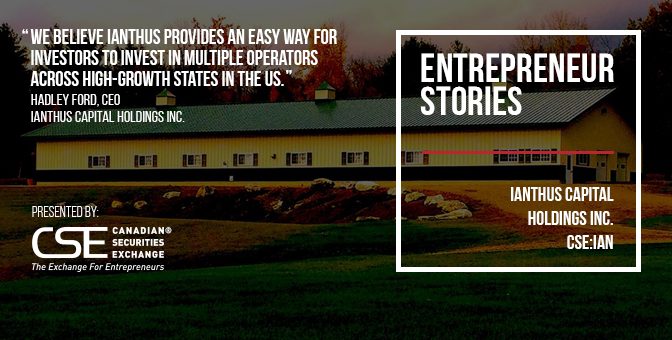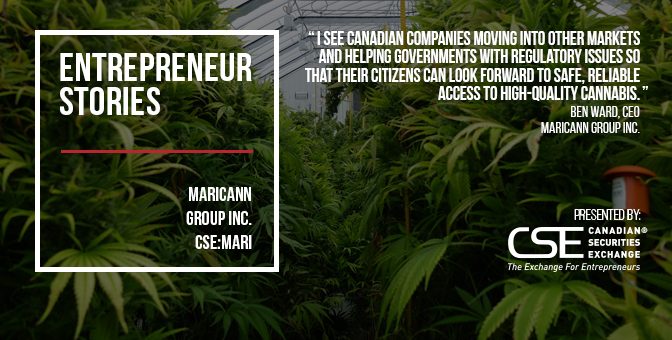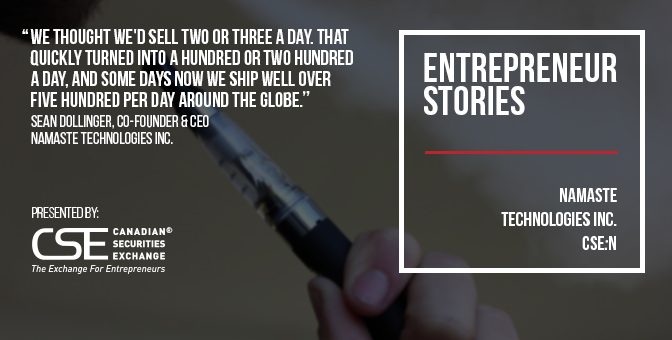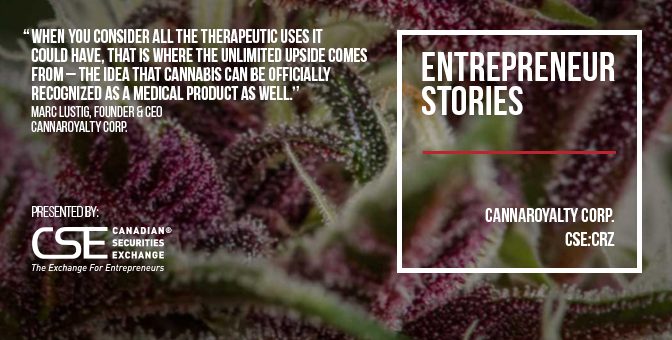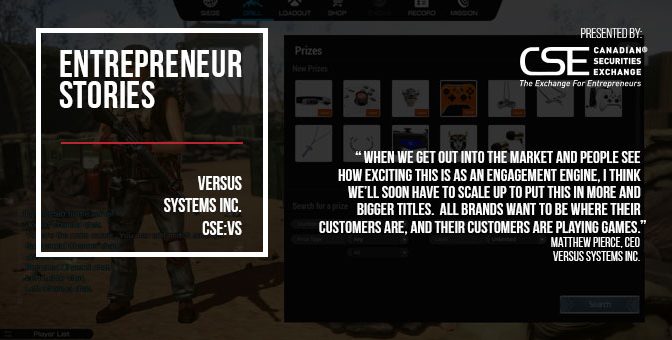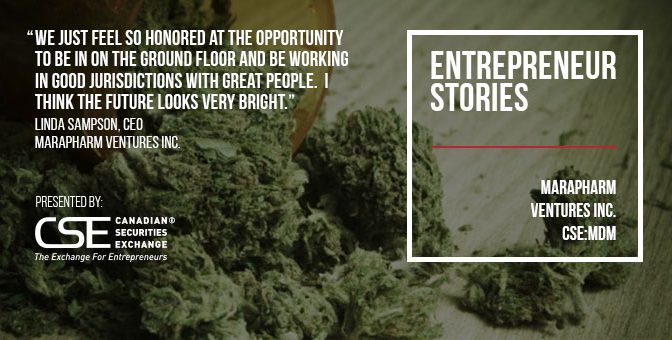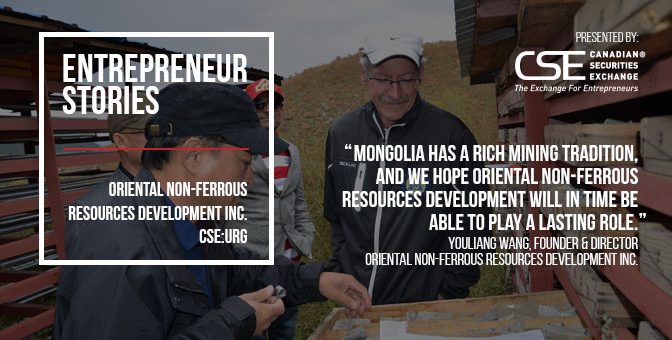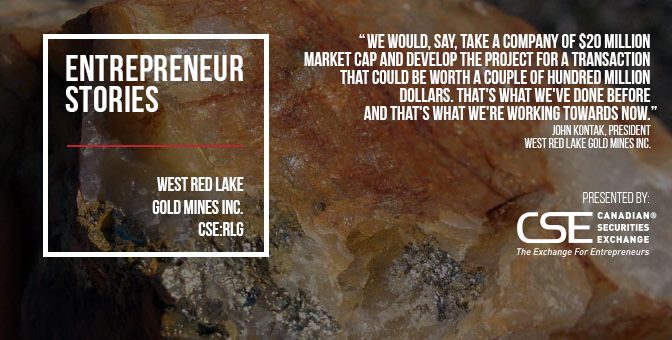The waves of legalized recreational marijuana in Colorado, Washington, Canada and now California have sparked a ‘Green Rush’ in the cannabis industry, but Alternate Health (CSE:AHG) CEO Dr Jamison Feramisco reminds investors not to forget about the market potential of the medical side of the business.
“The key to leadership in medicinal cannabis is constant innovation in the scientific research that puts the patient’s needs first,” says Feramisco. “Alternate Health takes a value-added approach, investing in the clinical studies and patented technology that turns cannabinoids, like CBD, into real medicine.”
The diversified healthcare company – which has patent rights for CBD delivery systems for sublingual tablets and transdermal patches and offers education programmes, electronic medical records (EMR) software and toxicology laboratory analysis – started trading on the Canadian Securities Exchange in January. Two months later it joined the US markets on the OTC bulletin board.
Feramisco brings experience in delivering profitability, strategic mergers and acquisitions and innovation in healthcare as the co-founder and president of Texas-based Apri Health – a healthcare data analytics company, formerly known as Transfuse Solutions. Feramisco is a graduate of the University of Texas at Southwestern Medical School with a Ph.D. in Molecular Genetics and Biochemistry.
Alternate Health stands to gain from the growing market of medical marijuana.
There are about 40,000 patients with prescriptions for medical marijuana in Canada, according to Health Canada. Over the next 10 years, the number of these patients is expected to grow to more than 450,000.
The group’s Alternate Health Media division offers education programmes for training healthcare professionals and physicians in the use of cannabis to treat medical conditions.
The Cannabidiol Certification Programs have been approved by the American Medical Association (AMA) and address all facets for the use of marijuana’s two active chemicals that have medical applications – cannabinol (CBD) and tetrahydrocannabinol (THC).
CBD and THC are considered useful substances to manage pain, and are also prescribed by some physicians for conditions including glaucoma, epilepsy and anxiety.
In January, the company announced the first continuing medical education course for practitioners on the endocannabinoid system, the body’s reaction to CBDs.
The video-based course, accredited through the University of Louisville and approved by the AMA, provides an overview of the endocannabinoid system and the role it plays in the different functions of the human body.
“Doctors and medical professionals have been waiting for a proper medical education program to provide details for this emerging medicine,” says Feramisco. “This program is the culmination of many years of investigation and research, coupled with a substantial investment in production to create a quality and highly necessary education program for doctors and healthcare practitioners.”
Cannabis tablets as an alternative to traditional smoking
Alternate Health has acquired the commercial rights to patents for developing and manufacturing sublingual tablets that include CBDs and/or THC.
The sublingual tablets can be rapidly absorbed into the body in less than three minutes. The company said it recognised the need for a more efficient way to use medical cannabis than the traditional smoking and ingestion methods.
Sentar Pharmaceuticals in March granted Alternate Health an exclusive 10-year agreement for global nutraceutical license rights to its patented sublingual delivery systems to administer CBD and THC in tablet form.
The company paid Sentar 850,000 common shares for the renewable license agreement.
The California marijuana Industry is estimated to grow to $25bn per year and is set to eclipse $50bn by 2026, Alternate Health said, citing USA Today.
“Alternate Health is uniquely positioned for licensing their manufacturing pharmaceutical grade delivery systems of CBD and THC healing products in this fast-growing new marketplace,” says Feramisco.
“Alternate Health facilitates the development of organic, safe and healthy medicines through our patented delivery systems to patients around the world, and the California market represents a significant starting point for us.”
Leader in electronic medical records software
Alternate Health describes itself as a leader in software applications and processing systems to the medical industry.
Its Alternate Health Technology business includes VIP Patient, electronic medical record (EMR) software that allows doctors to register patients and document their diagnosis and generate insurance recoveries with up-to-date billing codes.
The CanaCard Patient Management System tracks patient data and prescriptions while ensuring regulatory guidelines and financial transparency. It is a complete EMR, managing controlled substances like medical marijuana with an interface between patient, doctor and licensed provider.
“Alternate Health’s proprietary EMR systems give doctors, patients and producers the tools to manage prescriptions and dosages in a safe and transparent way,” says Feramisco. “This software is a key asset in the management of Alternate’s CBD delivery systems, while providing us with valuable feedback and clinical data.”
Alternate expands its labs division
The group also has an independent clinical lab in San Antonio, Texas, under the banner of its Alternate Health Labs business, which specialises in toxicology and blood testing services.
The lab receives and assesses the blood and urine of patients from across the United States and then supplies the results to physicians so they can diagnose and treat diseases and medical conditions.
In March, the company agreed a deal to expand the business through the acquisition of a 20% stake in Clover Trail Capital, a Texas-based investment company.
Clover Trail, which owns a 40% holding in Sun Clinical Laboratories, has investments in labs that conduct toxicology and blood studies for hospitals, private insurance groups and clinics.
Feramisco said: “It is an excellent opportunity for us to grow and increase the effectiveness of Alternate Health Labs, already a leading source of revenue for us and a key part of our strategy to fundamentally advance patient care.”
This story was originally published at www.proactiveinvestors.com on May 11, 2017 and featured in The CSE Quarterly.
Learn more about Alternate Health at http://alternatehealth.ca/ and on the CSE website at http://thecse.com/en/listings/life-sciences/alternate-health-corp.

